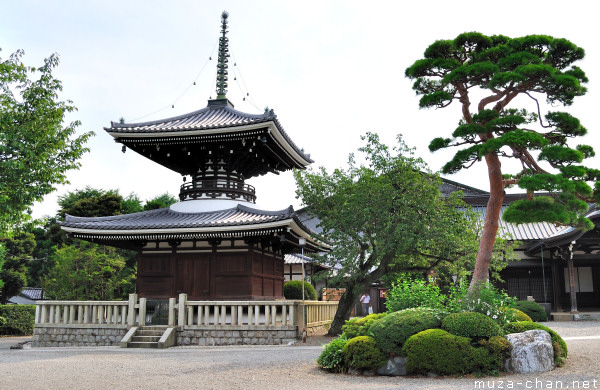The pagoda (塔 - tō) is one of the most important elements of a Japanese Buddhist temple. Originally, tō was the Japanese version of the Chinese pagoda, which in turn was inspired by the oldest Buddhist religious monument, the stupa.
In time, a specific pagoda architecture was developed in Japan and one of the Japanese specific pagodas is the tahōtō (many-jeweled pagoda). Invented during the Heian period, tahōtō is a two-story wooden pagoda, with a square first level and a circular upper story. It is one of the seven halls composing the ideal Shingon Buddhist temple compound.
Today, this type of pagoda is relatively rare in Japan, the most famous tahōtō (and also the oldest, from 1194) being located at Ishiyama-dera in Ōtsu, Shiga Prefecture. But you can also admire a copy made in 1938 right in Tokyo, at the Gokoku-ji Temple:
EXIF Info:
|
Yesterday’s Japan Photo:Ikebukuro Long Exposure Night Photo |



